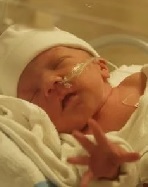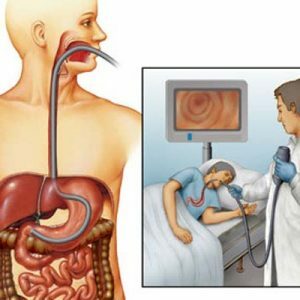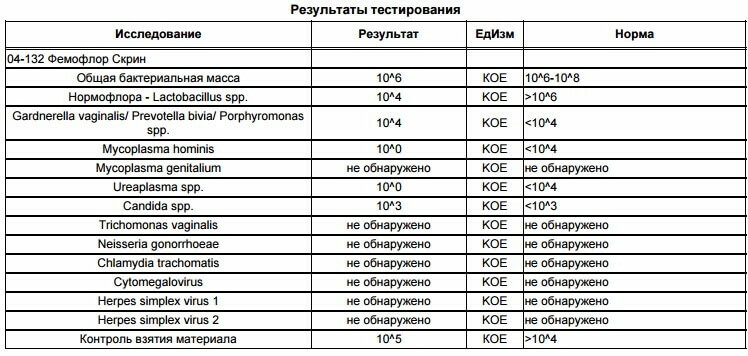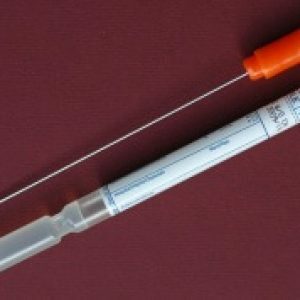How is lack of oxygen in the brain
Contents:
- Symptoms of lack of oxygen
- Causes of lack of oxygen
- Shock states and collapse
- Disorders of cerebral blood flow
- Diseases of the respiratory and cardiac system
- How to treat hypoxia?
 The brain is the organ that consumes the greatest amount of oxygen from the blood circulating throughout the body. Therefore, it is very sensitive to hypoxia or oxygen starvation. Nerve cells are sensitive to hypoxia. The lack of oxygen in the brain is manifested by such symptoms:
The brain is the organ that consumes the greatest amount of oxygen from the blood circulating throughout the body. Therefore, it is very sensitive to hypoxia or oxygen starvation. Nerve cells are sensitive to hypoxia. The lack of oxygen in the brain is manifested by such symptoms:
- Dizziness.
- Weakness.
- Fainting.
- Heart failure.
- Pale skin.
- Darkness in the eyes or white midges.
- Visual impairment.
- Coma.
- Nausea.
- Headache.
 Learn what is hypoxia: the types of oxygen starvation.
Learn what is hypoxia: the types of oxygen starvation.
Degrees of hypoxia in newborns: diagnosis and treatment, how to avoid serious consequences.
Symptoms of lack of oxygen
Vertigo is one of the earliest symptoms of a lack of oxygen in the brain. At the same time a person's vestibular apparatus is disturbed, noise in the ears is possible. Dizziness is often accompanied by nausea, and sometimes vomiting. Often there is weakness, the patient has a pale appearance, it becomes dark in the eyes or white flies appear.
When hypoxia affects the whole body, and the heart tries to compensate for the hypoxic state by increasing the frequency of contractions. Therefore there is a tachycardia, interruptions in the work of the heart, strengthening of the apical impulse.
With a more serious and prolonged lack of oxygen in the brain, there is such a symptom as loss of consciousness. It can be short-lived and superficial, both with fainting, and deep and prolonged, as with coma. A long stay in a coma exacerbates the hypoxic state, as the work of the breathing center in the stem department is upset and depressed.
Important! How long does the brain live without oxygen ?Without blood supply, he will take no more than 5-6 minutes. Then comes the biological death, ascertained by the doctor.
If nerve cells are killed, then such violations can occur:
- Post-stroke depression.
- Loss of memory and skills.
- Increased irritability.
Causes of lack of oxygen
Hypoxia has many causes: chronic diseases, prolonged physical activity, acute conditions. The main factors of the development of central nervous system hypoxia:
- General blood circulation disorder: shock, collapse.
- Disturbance of cerebral circulation.
- Diseases of the broncho-pulmonary system.
- Anemia.
- Cardiovascular diseases: VSD, stenosis, heart valve insufficiency.
- Endocrine diseases: diabetes mellitus, hypo- or hyperthyroidism.
Shocks and collapse
Shock occurs when the body does not provide normal blood supply to organs. This occurs with abundant blood loss, anaphylactic reactions( allergies), burns with plasmorrhagia( plasma outflow), dehydration, severe heart failure, toxic shock.
Hemorrhagic shock is a violation of blood circulation after a massive loss of blood. There is a centralization of blood circulation in such a way that the blood flow is sufficient for the most vital organs: the heart, the brain.
The body is able to replenish some deficiency of blood volume, activating the sympathetic-adrenal and renin-angiotensin-aldosterone system. These hormonal systems narrow the peripheral vessels, trap water in the body, and stimulate the work of the heart. These processes occur in all types of shock. When blood loss is activated hematopoiesis.
 Collapse is a condition in which peripheral vessels are dilated due to a drop in their tone. Shock states and collapse equally destructively affect the nerve cells, causing oxygen starvation and loss of consciousness.
Collapse is a condition in which peripheral vessels are dilated due to a drop in their tone. Shock states and collapse equally destructively affect the nerve cells, causing oxygen starvation and loss of consciousness.
Brain blood flow disorders
These include:
- Hemorrhagic and ischemic strokes.
- Transient ischemic attack.
- Atherosclerosis of cerebral vessels.
- Spasm of vessels or their expansion.
Hemorrhagic stroke is caused, as a rule, by excessive blood pressure on fragile vessels. The artery is torn and hemorrhage occurs. As a result, the delivery of blood to a specific area of the central nervous system stops and he dies.
In ischemic stroke, the cause is usually thrombosis of the artery. If the thrombus does not dissolve, it closes the artery, and blood access is blocked.
Transient ischemic attack occurs when blood flow is disturbed in the carotid arteries that go around the neck to the head. At the same time there is a temporary cutoff of blood supply, a person feels dizzy, flies flies before his eyes.
Atherosclerotic vasoconstriction worsens blood circulation. In this case, the patient early hair gray, there are yellow spots on the eyelids - the deposition of cholesterol.
Spasm of the vessels of the head - usually a consequence of psychological stress. The release of adrenaline and cortisol leads to a sharp narrowing of the arteries. Vessel dilatation occurs with migraines and cluster pain. The cause of these can be acidosis or acidification of the internal environment or allergic conditions.
Diseases of the respiratory and cardiac system
Chronic diseases of the lungs and bronchi lead to a decrease in the oxygen content in the blood. In this case, the color of the skin in patients can be pale blue, and more intensively colored nose, ears, fingers and toes. A sign of chronic hypoxia - fingers in the form of tympanic sticks, nails look like hourglasses.
To diseases of the respiratory system that cause a hypoxic condition, include:
- Obstructive bronchitis.
- Asthma.
- Pneumosclerosis.
- Emphysema.
 Hypoxic-ischemic genesis of the perinatal pathology of the central nervous system: the mechanism of development, symptoms.
Hypoxic-ischemic genesis of the perinatal pathology of the central nervous system: the mechanism of development, symptoms.
All about brain leukomalacia in newborns: causes, symptoms and consequences.
Learn about brain adenoma: signs and treatment.
Vegeto-vascular dystonia, heart failure causes hypoxia in the nervous system. In this case, there is weakness, there may also be fainting, profuse sweating.
How to treat hypoxia?
To increase resistance to hypoxia, use antihypoxants, such as:
- Preductal( Mildronate).
- Trimetazidine.
- Cytoflavin.
- Cerebrolysin.
- Actovegin.
- Vitamins B1, B9, B12.
How to saturate the brain with oxygen? This can be done in a hyperbaric oxygenation chamber, where oxygen is supplied at elevated pressure. The nervous system is sensitive to oxygen starvation and can not carry it without consequences for a long time. With the above symptoms, you need to contact a neurologist.
write the question in the form below:



